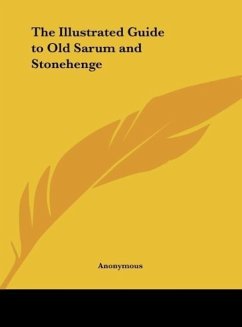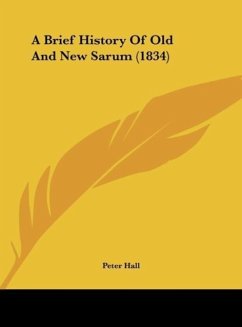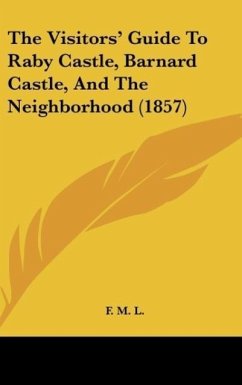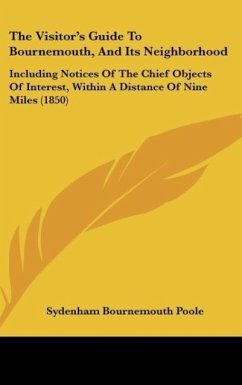1898. This little book represents No. 3 of Brown's Series of Strangers' Handbooks. On the road from Salisbury to Amesbury, at a distance of rather more than a mile from the former place, is Old Sarum, one of the most extraordinary relics of the olden time in that country. The origin of these deserted mounds, once flourished and populous city. Of course, Stonehenge is another relic of an olden time, and this book presents a historical account of both sites, handsomely illustrated.
Bitte wählen Sie Ihr Anliegen aus.
Rechnungen
Retourenschein anfordern
Bestellstatus
Storno








